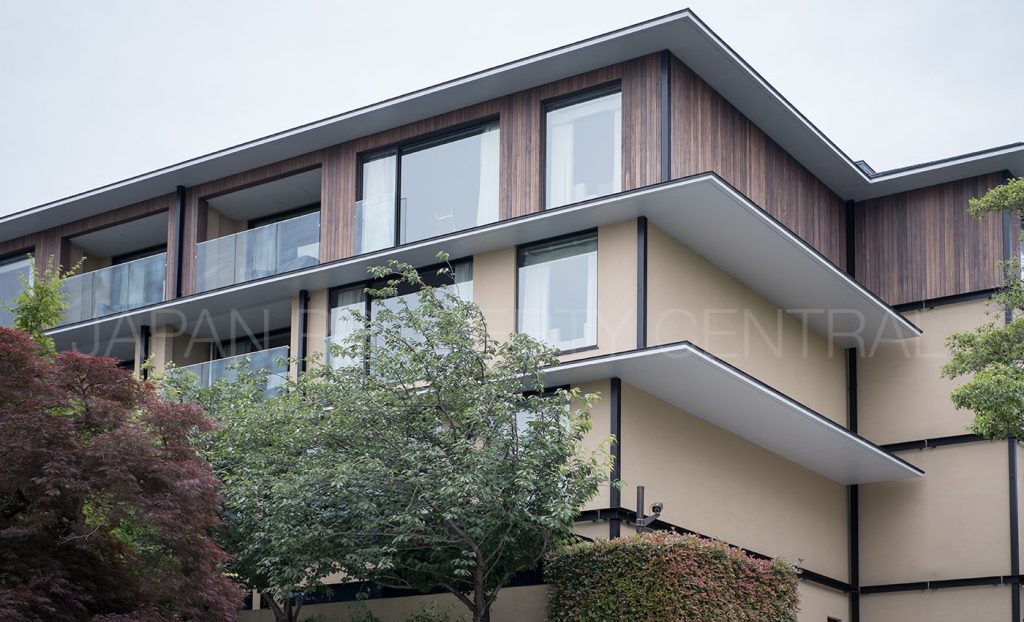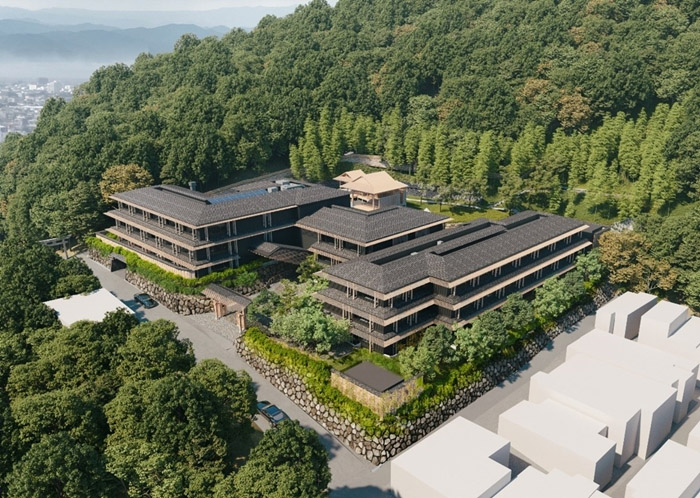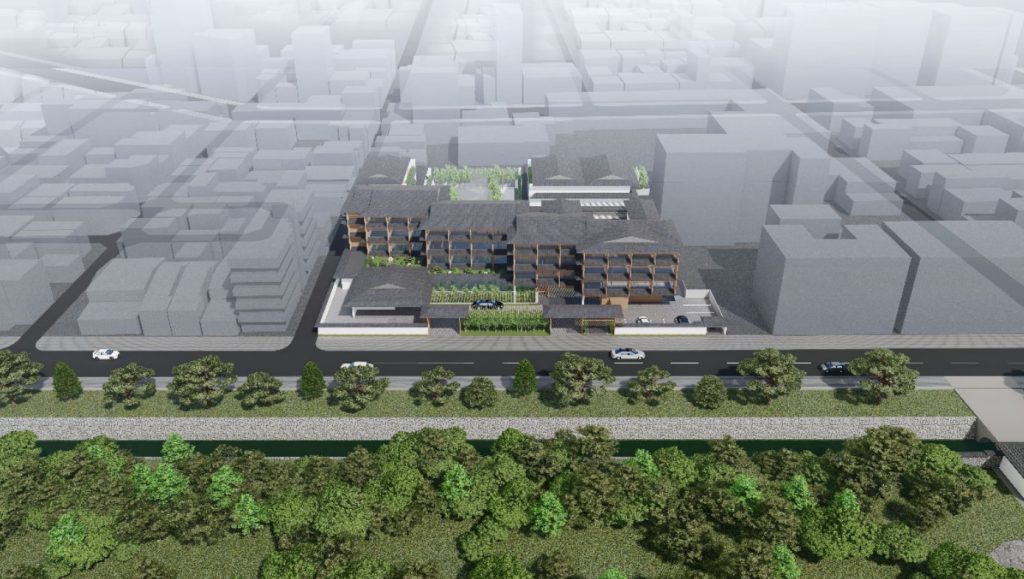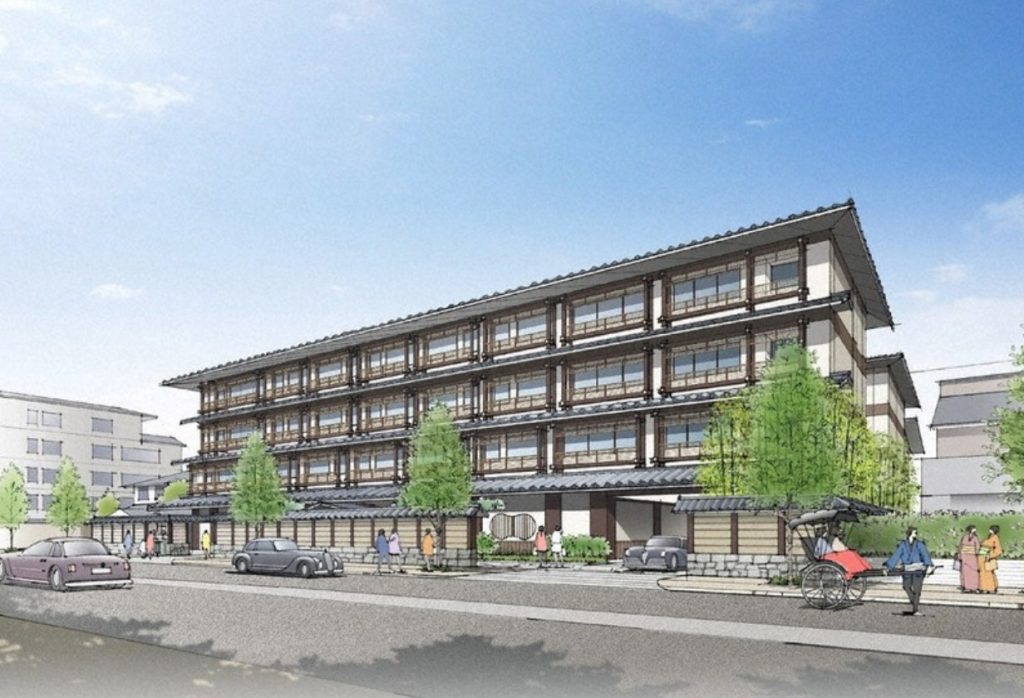Gucci holds 100-yr anniversary exhibit in historic Kyoto machiya

To celebrate Gucci’s 100th anniversary, three special exhibitions are being held in Kyoto City. One of those exhibitions is taking place in the historic Kawasaki Residence near Sanjo Street. This large machiya is, or was, on the precipice of demolition just two years ago.
Hoshino Resorts to open 3 hotels in Kyoto this year

Boutique luxury hotelier Hoshino Resorts will be opening three hotels in Kyoto this year under their new OMO brand. The brand provides affordable city hotels targeting urban tourists.
Imperial Hotel confirms Kyoto project

On May 12, the Imperial Hotel officially released plans for their luxury hotel project in Kyoto’s Gion district. This will be the fourth Imperial Hotel in Japan and the newest in almost three decades. It is also expected to be the most expensive of their hotels, with a level of service matching that of the Imperial Floors in their Tokyo hotel.
Pandemic hasn't slowed luxury hotel projects in Kyoto

Despite tourism being on hold, luxury hotel brands continue to push ahead with developments in the historic city of Kyoto. Various heritage protection bylaws, a planned tax on holiday homes, and even a global pandemic are not enough to slow investor demand from funds and wealthy buyers both domestically and abroad.
Six Senses and Banyan Tree to open in Kyoto in 2024

Six Senses and Banyan Tree will both be opening luxury hotels in Kyoto's Higashiyama district in 2024. Both hotels will be the first of their kind in Japan.
More details announced for Shangri-La Kyoto hotel project

Developer Samty Co., Ltd. announced some additional details on Shangri-La Hotel’s plan to open a luxury, low-rise hotel in Kyoto.
Kyoto sells hotel development site near Nijo Castle

Kyoto City is selling a 3,000 sqm site on the northern side of Nijo Castle to real estate developer Open House Co., Ltd. The developer is planning to open a low-rise hotel in 2024.
